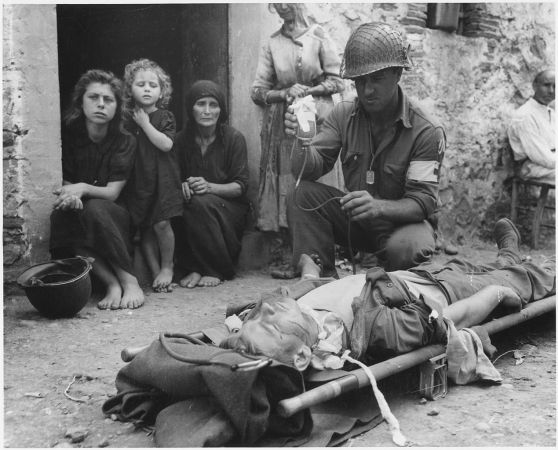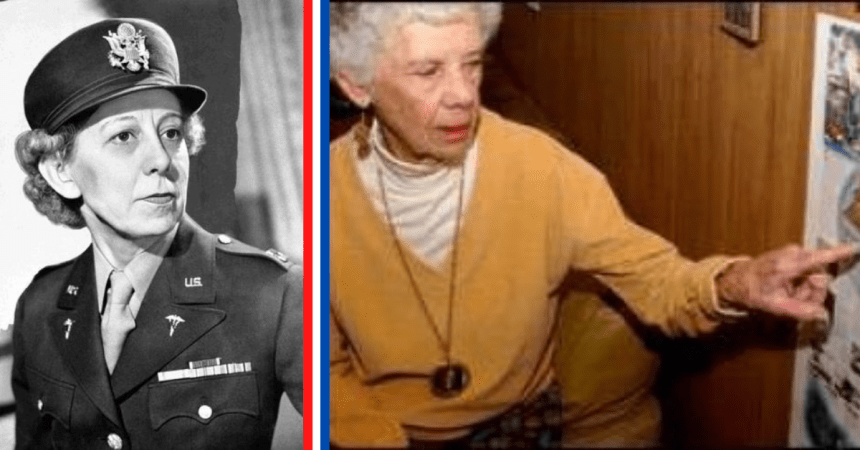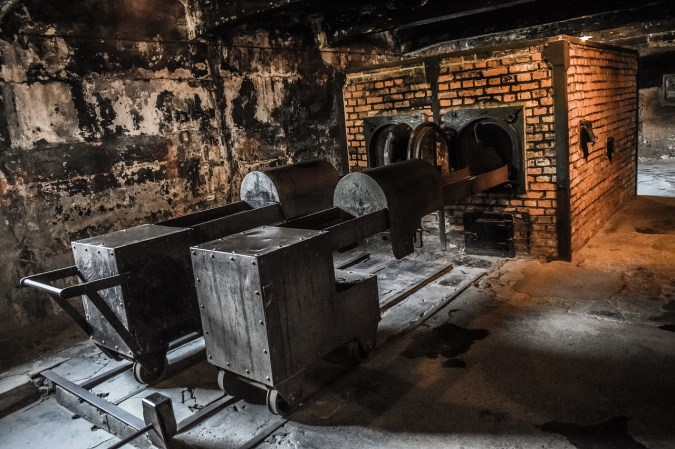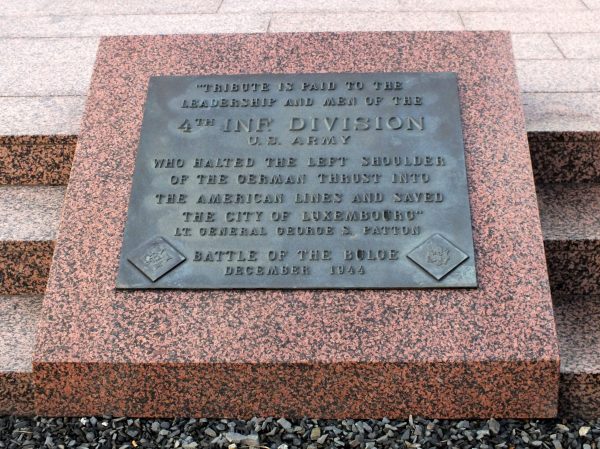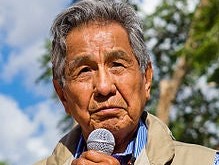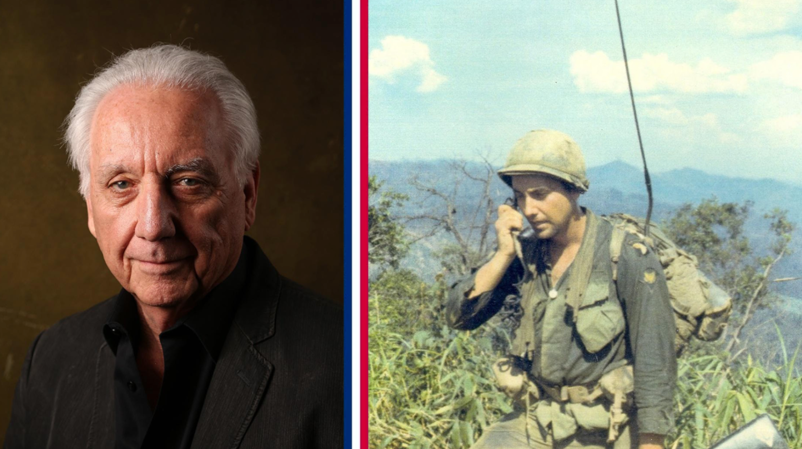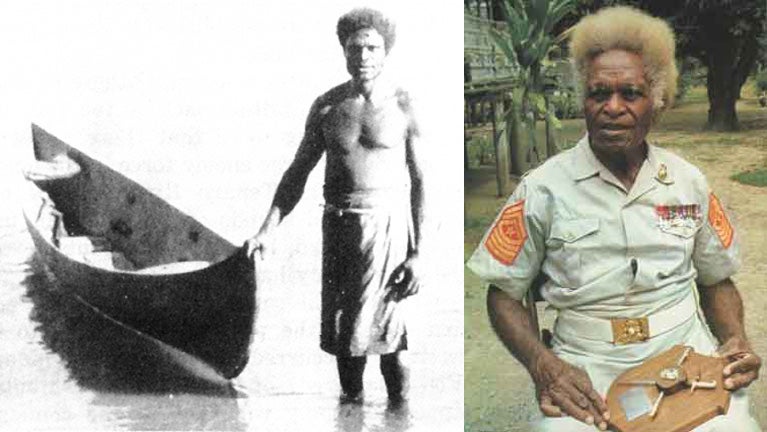Best known as the doctor who pioneered doctor-assisted suicide for terminally ill and elderly patients in the 1990s, Dr. Jack Kevorkian’s biggest breakthrough was engineering new sources of blood for transfusions to wounded troops in Vietnam.
The U.S. news media dubbed Kevorkian “Dr. Death” for his work in helping patients who wanted to end their suffering die with dignity — for it, he went to prison for eight years after being convicted of second-degree murder in 1999. This is where his notoriety began. Even though he paved the way for a later “right-to-die” legislation, helping create the right of voluntary euthanasia isn’t even his most astonishing accomplishment.
Kevorkian earned the “Dr. Death” moniker long before the media gave it to him.

In his Biography.com story, Kevorkian is quoted as saying he found death very interesting extremely early in his medical career. More than that, he was fascinated because the subject of dying was so taboo. He went on to suggest that criminals on death row should give something back to society before being executed by being the subject of medical experiments. This fascination with terminal illness and death is where he earned the “Dr. Death” nickname — not from the media, but from his peers. This is why he was forced out of the University of Michigan Medical Center.
But he stayed in Michigan and went to Pontiac General Hospital in suburban Detroit. It was there that he heard of Russian teams who pioneered the transfusion of blood from corpses into live subjects, especially during World War II. So, he reproduced those experiments, publishing a paper on the subject in the American Journal of Clinical Pathology in 1961, thinking the technology could be used on the battlefields when no other source of blood was available.

The Soviets, Kevorkian claimed, had been doing postmortem blood transfusions since the 1930s.
“The idea has an ostensible undercurrent of
repugnance which makes it difficult to view
objectively; but it also has obvious advantages,” he wrote.
Kevorkian’s method was to remove the blood from the corpse via the neck within six hours of death, a death that would have to be sudden and unexpected — such as one from combat — to avoid postmortem clotting. The dead would be held at a 30-degree angle, drawing the blood through standard equipment. The blood in Kevorkian’s experiments was thoroughly tested to be of a matching type, free of diseases, and clean for transfusion.
The only hitch was the owner had just died — a pretty big hitch. He conducted four experiments on infirm patients who were already looking pretty bad
His first transfusion donor was a 51-year-old male who died suddenly while mowing his lawn. The recipient was an 82-year-old woman who received three pints of donor blood over three days, dying after the third day.
The second donor died in a car accident, a 44-year-old white male. The recipient was a 78-year-old white male with heart disease, intestinal cancer, and congestive heart failure. He received two pints of donor blood but died nine days after being admitted.
Kevorkian’s third corpse donor was a 46-year-old white male who was dead on arrival at the hospital. The recipient was a 56-year-old female intestinal cancer patient with severe anemia. She was discharged from the hospital three days after receiving a pint of corpse blood.
His fourth donor was a 12-year-old boy who drowned suddenly. Two pints of his blood were given to a 41-year-old woman who left the hospital “alert, cheerful, comfortable.”

Kevorkian noted that the presence of increased sugar, potassium, and non-protein nitrogen in cadaver blood is less than optimal in — but not a major roadblock to — transfusions. He also noted that corpse blood is usually “washed down the drain” anyway and no toxins were present in the blood. He wrote:
“Most of these objections are more imaginary than real — a sort of emotional reaction to a new and slightly distasteful idea… Our 8
pints (on a short-term basis) and over
27,000 transfusions in Russia bear this out.
Not a single hint of a reaction or other ill
effect was observed by us personally on
very close clinical observation, despite the
fact that 2 of the patients were already
moribund and very toxic and none of the 4
had any anti-allergic therapy.
His research and experiments found cadaver blood perfectly suitable for donation to living patients, so long as it was drawn less than six hours after death and used within 21 days. It is perfect for people with severe anemia or those requiring massive, continuous blood transfusions.
The Pentagon declined to fund his research grant.



